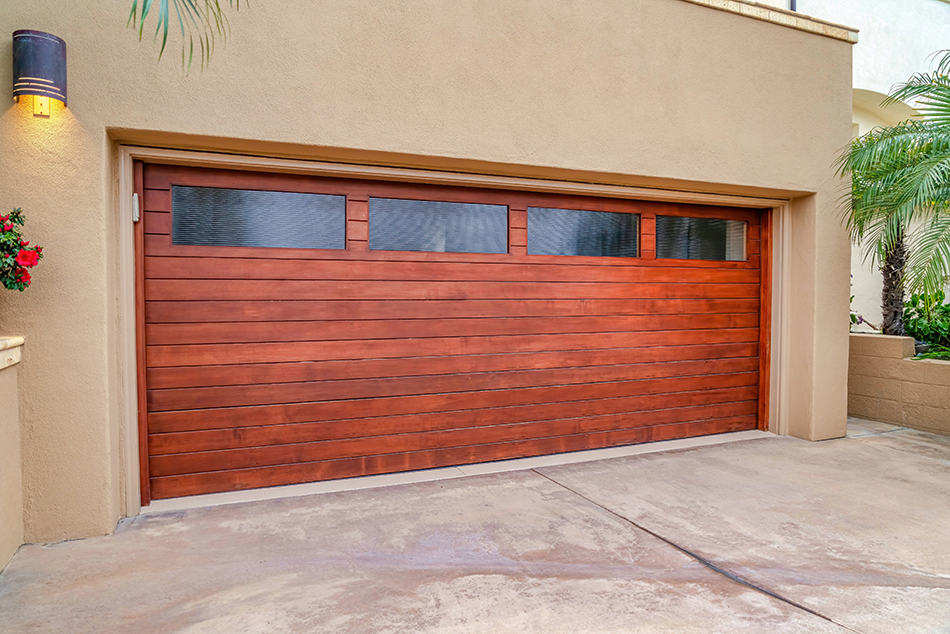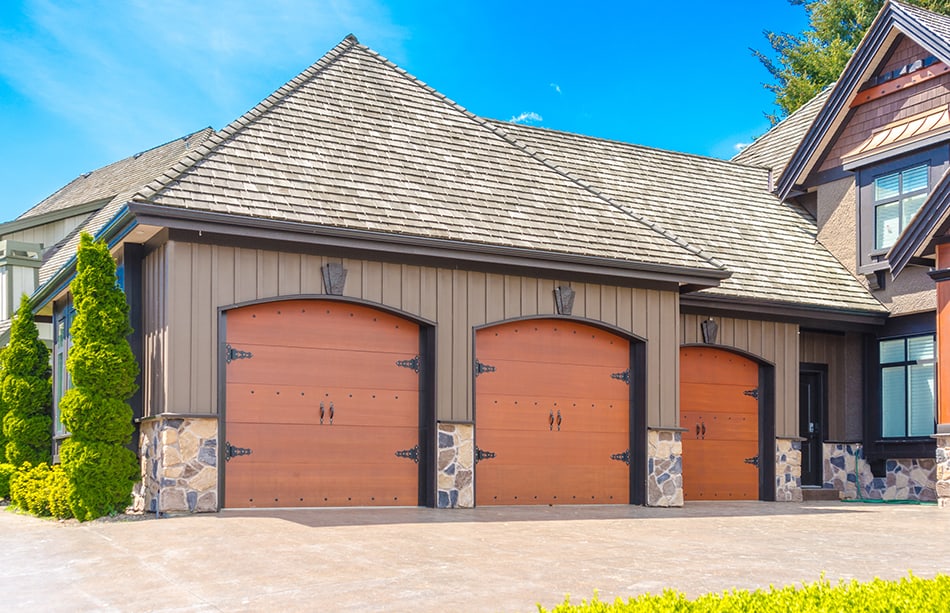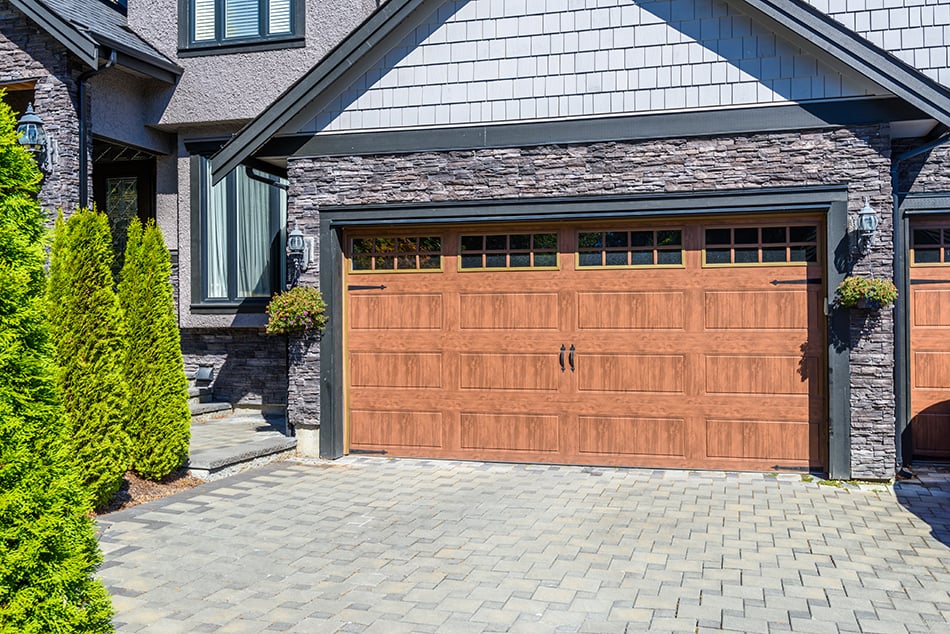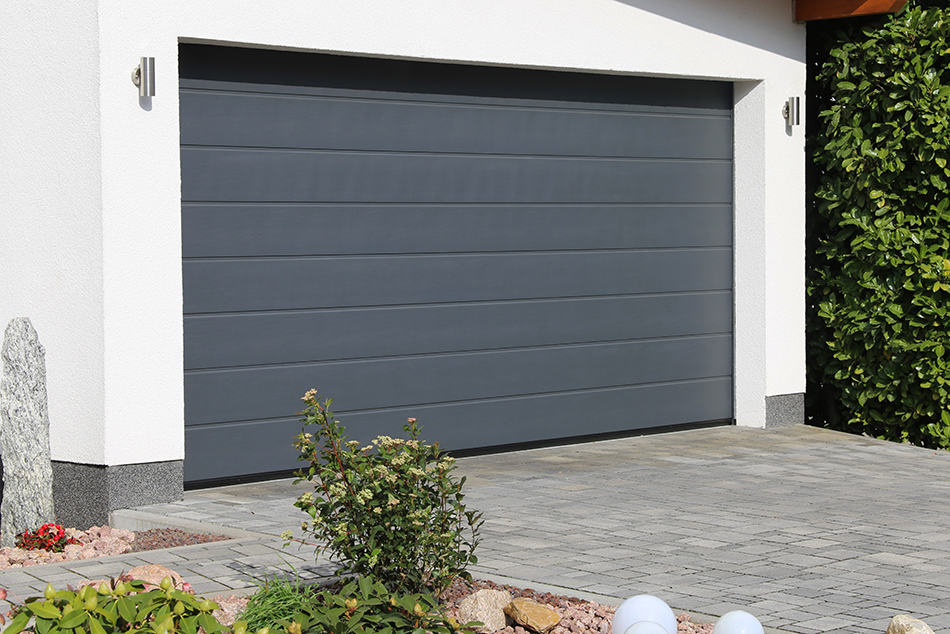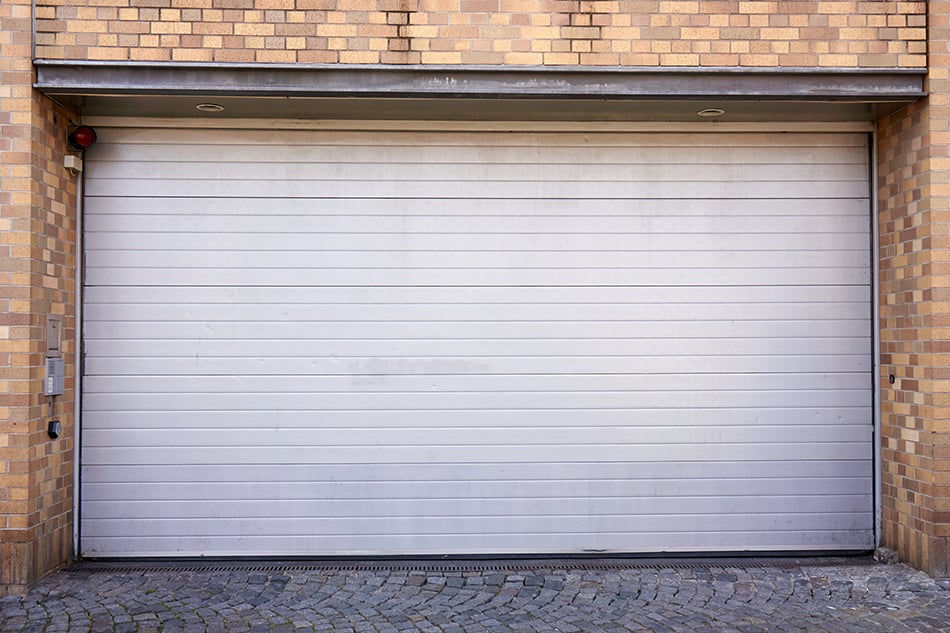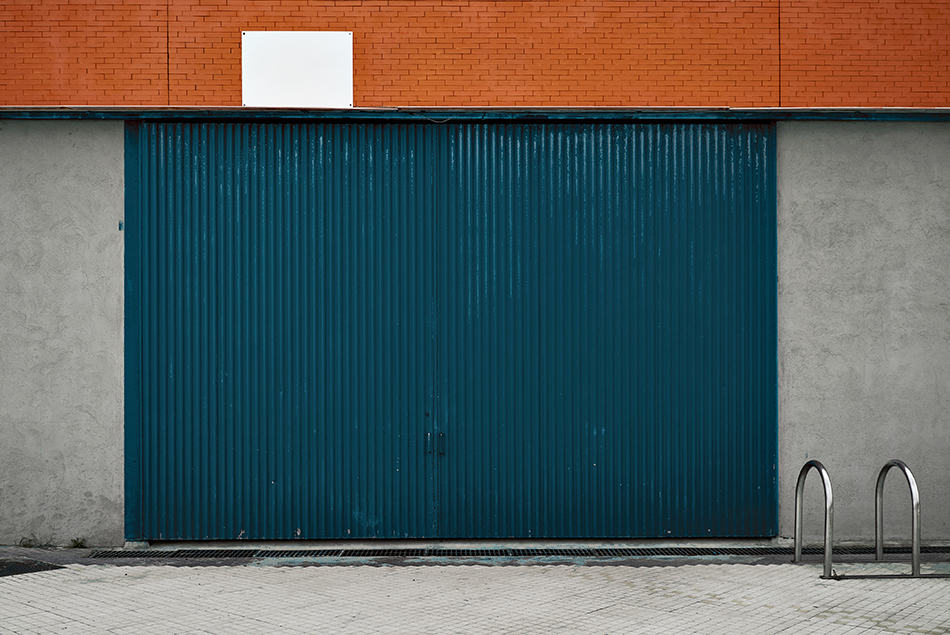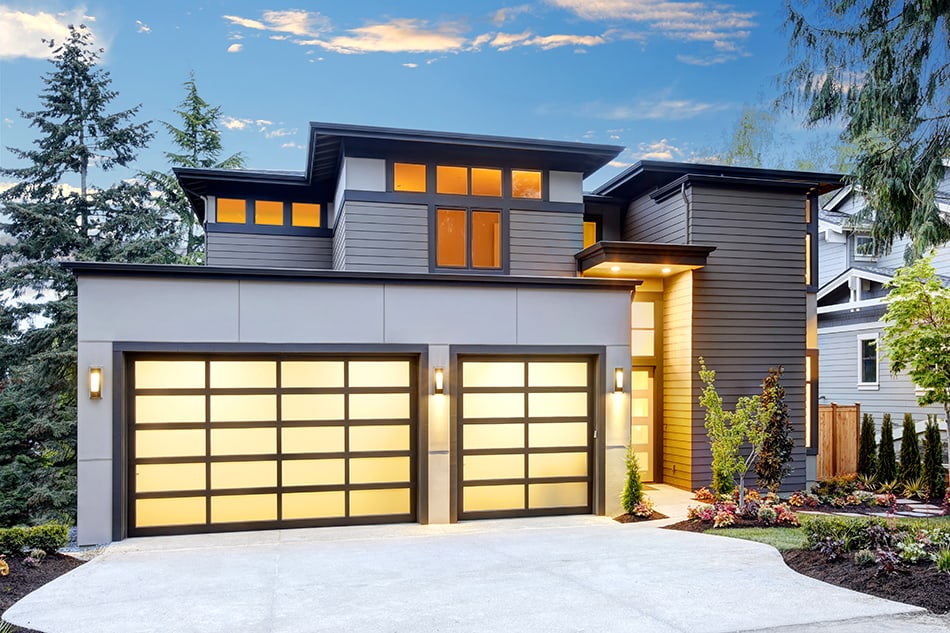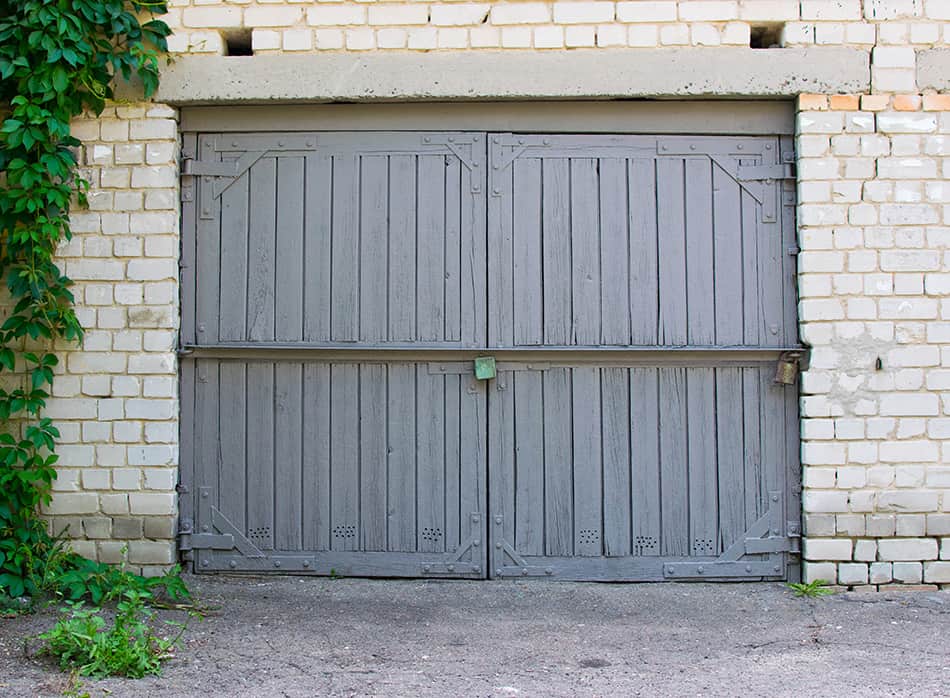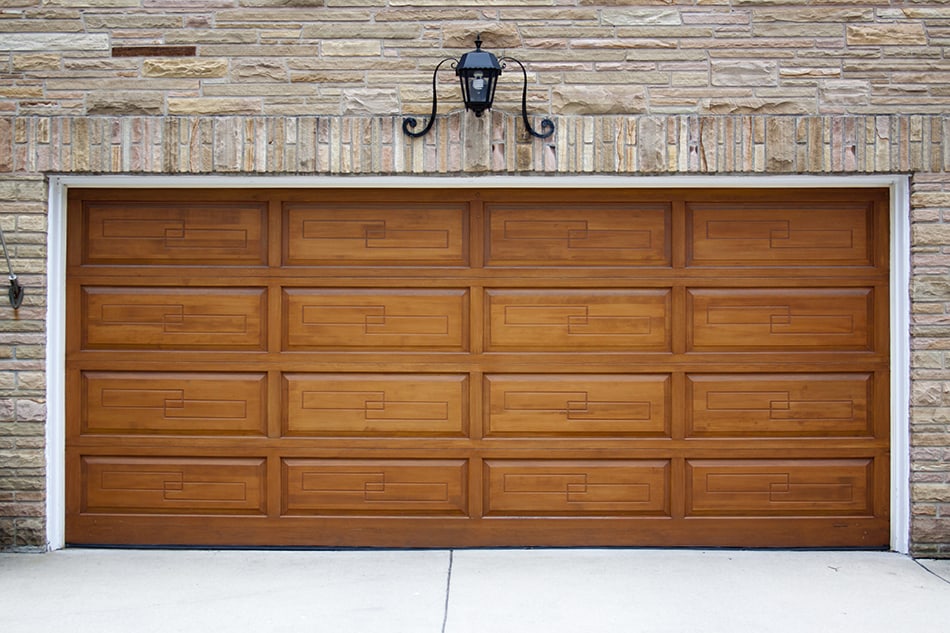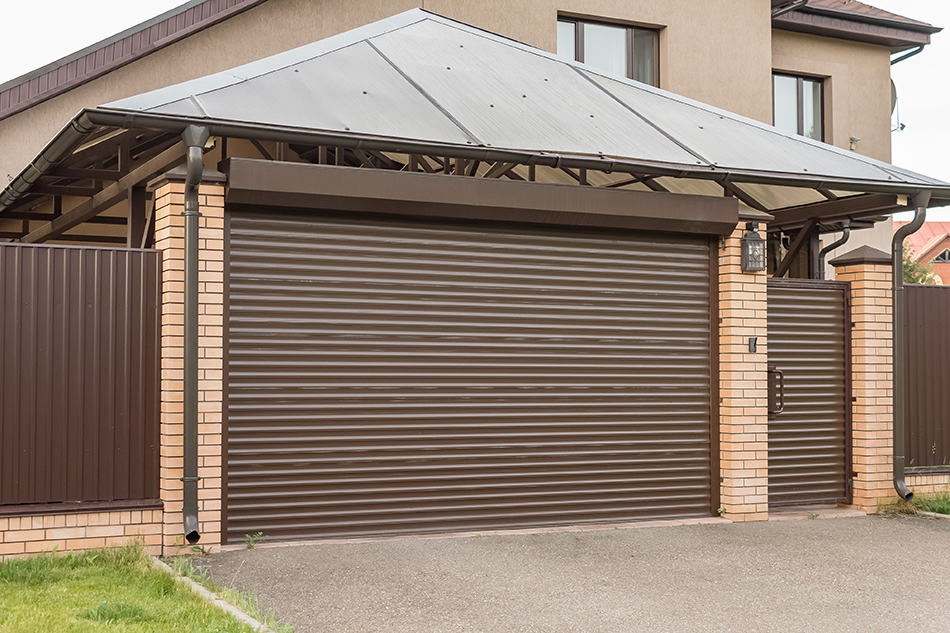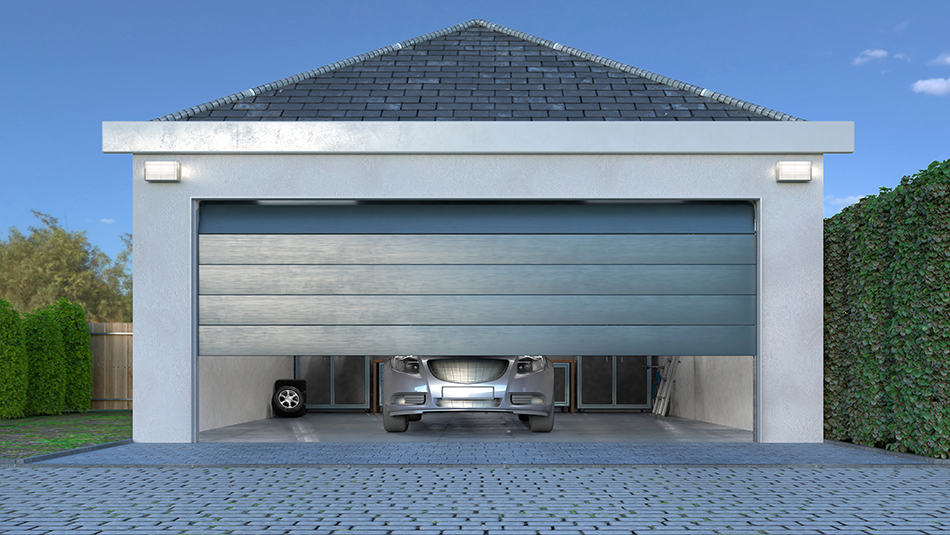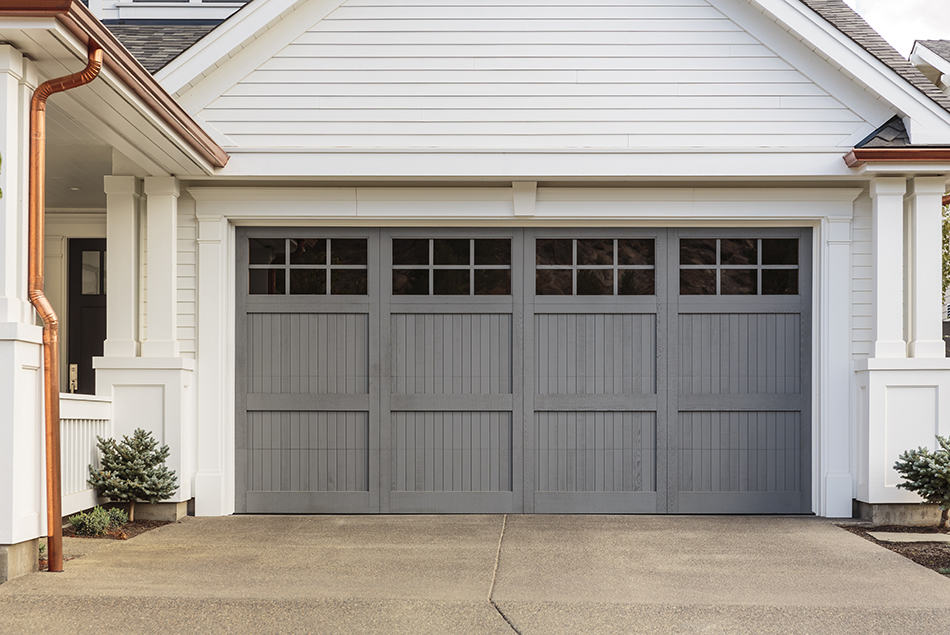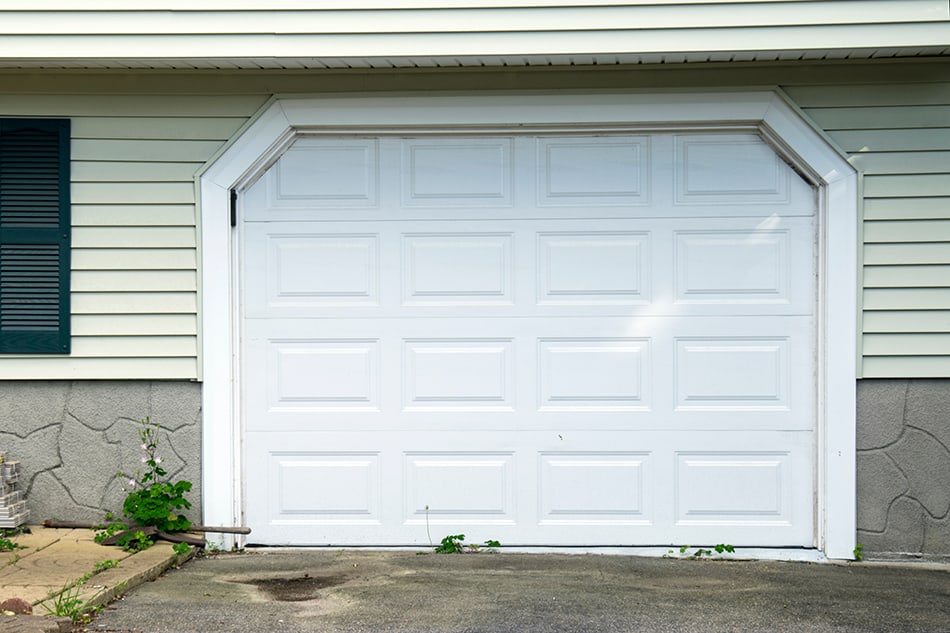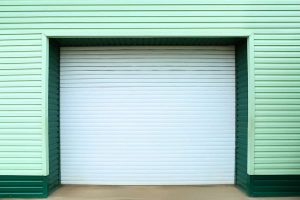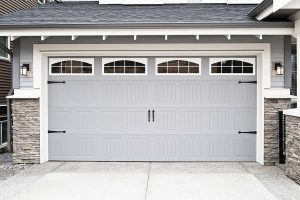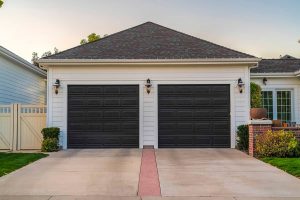When designing or revamping your home, you will need to combine convenience with style. This dilemma can be particularly strong when it comes to choosing a type of garage door. Garage doors can be a plain or utilitarian choice, a very wide door for your car – or they can be the final detail that ties your front gate together.
Most suburban homes nowadays include their garage as part of the house rather than as a side annex. However, even if you have enough square feet to have a standalone garage, you shouldn’t leave its design as an afterthought.
What aspects should you consider when choosing a garage door? What types and styles can you choose from? These are all important questions, so we will begin our guide by explaining why.
Why Garage Doors are Important
Garages may be meant for cars – and your larger toys, gym equipment, and even part of your pantry – but garage doors are the larger doors in your house. Because of this, they will automatically become one of the prominent features in your curb appeal.
On a practical level, your garage door should be wide enough to prevent accidents. If you have a corner house or anything blocking your driveway, the placement of your garage door can ease the start of your daily commute – or turn it into a dexterity test.
On the other hand, the opening mechanism you choose can help create extra storage space within the garage, protect the driveway, or make the overall compound look more imposing.
Then, we also need to look at other elements in your garage. The material of your garage doors will determine the way they look. However, they will also play an important role in the room’s insulation and protection from the elements. This can be extra important if your garage doubles as a pantry or workshop. The right materials can also lower your maintenance bill for years to come.
Finally, the aesthetic appeal of your garage doors also matters. According to a recent survey, 70% of realtors agreed that a newly-refurbished or modern garage door could help a home sell faster.
This is because the right trim and finishes on a garage door if chosen wisely, will instantly make the house look thought-out and well-kept. We recommend you check out our post on the parts of a garage door to understand further about the garage door anatomy and how it functions.
With all these things in mind, let’s take a closer look at the available models for garage doors.
Types of Garage Doors
The different types of garage doors can be classified according to their opening style and their décor style. All of these options are usually available in a variety of materials, each with its pros and cons.
Opening Styles for Garage Doors
The opening style of your garage door refers to the actual size of the garage door and the way it moves or swings whenever opened.
Single-bay carriage-style doors
Carriage-style garage doors are usually made from a solid piece of metal, wood, or some other material. Because of this, carriage-style doors require some swinging space and a mechanism that allows you to either lift or pushes the entire door.
In the case of single-bay carriage-style garages, this means you will have a single massive door to move. Most of the time, these doors usually go up and down using a counterweight mechanism. Their mechanism must allow for them to be lifted and tilted backward at the same time.
For your garage and driveway, this has two main implications: first, you will need to leave the space around the doors clear of any objects, shelves, or bicycle racks.
Second, you will need to install an alert system that lets people outside the house know that your door is about to move. This is because anyone found directly behind the door could be accidentally lifted or knocked down by the door. Depending on where you live, building regulations may demand a silent “flashing light” alarm or a specific alert sound.
Double carriage-style doors
Just like their single-bay counterpart, double carriage doors are also made of solid pieces of material. However, double doors will be divided in the middle. Because of this, this type of garage door often “swings out” rather than up.
Double garage doors are great for families that have more than one car, as it allows you to install two independent lanes. In this way, you won’t have to open the entire door to take out just one car. Even if you only have one driveway, double doors allow you to cut the weight of each door in half.
This can be particularly important if you live in a place prone to flooding or where electricity outages are frequent. A lighter door that swings out is something you could feasibly move on your own without the assistance of a motorized mechanism.
Sectional doors
At first glance, sectional doors are very similar to standard carriage-style doors. When they are completely closed, they may even be indistinguishable from one another.
However, sectional doors are not made from a solid piece of wood or metal. Instead, they are often made of a series of horizontal bars. These are often thick enough to look natural but can be rolled up or down by a motorized mechanism.
Unlike carriage-style doors, sectional doors don’t require any extra space for swinging. Because of this, they are regarded as safer for homes where there are children or pets around.
If you have a small garage, sectional doors will also take up less space than carriage-style ones. However, you will still need to leave the ceiling clear and may need to ensure any lighting fixtures are far away, so the planks have space to move.
Roller doors
Roller doors rarely look as fashionable as carriage-style or sectional models, although they can be blended with specific décor styles. Roller garage doors are almost always made of hinged lines of metal. An automatic mechanism located on top of the door can then lift this heavy gate and roll it neatly right behind the door’s opening.
Roller doors are a great way to maximize the space available inside your garage. If you choose sturdy steel, they can also add extra security: they are very hard to break and almost impossible to perforate. Plus, the hinges between the metal can be used to place motion sensors, which can then be synchronized with your existing security system.
However, they also tend to give homes a distinct “bunker” feel, which many people (and Homeowner Associations) may find uninviting.
Slide-to-the-side
Slide-to-the-side garage doors are an interesting modification of the sectional model. These doors use a series of vertical planks instead of horizontal ones, all connected by hinges. On one side, a sliding rail helps these planks move along the wall rather than hold it against the roof. They use a motorized mechanism.
This model is particularly good for low-ceiling garages, where you may not have room to place the “rolled up” gate whenever you open. It may also be useful when you have large light fixtures getting in the way or if you have built a side shed on your garage.
Canopy garage doors
Midway between a carriage-style door and a sectional one, a canopy garage door is usually comprised of only two or three sections, all connected by hinges. These sections are often too large for the door to be rolled up properly but still diminish the amount of space needed to tilt and lift a single-way carriage door.
An interesting architectural feature of these doors is that they can form a small, low-hanging canopy. This can help you divert rainwater if your roof ends too close to the garage door. It also allows you to open your garage door halfway – which is a great way to keep an eye out on your kids while they’re playing without looking like a watchdog.
Décor Style
When it comes to looks, your garage doors need to look like they match the rest of the house. Here, the possible variations between color, shape, and trim are near-infinite.
However, we can identify three main currents that group all the different possibilities.
Contemporary style
A classic or contemporary home probably uses a lot of straight lights and a relatively simple color palette that keeps two similar hues and a contrasting accent.
Most contemporary homes match well with wooden carriage style or sectional doors. In some cases, paved or translucent aluminum can also be used, as long as it matches the other colors of the house.
Most contemporary-style homes allow you to play around with faux wood or wood-imitating composites. A common trend is to match the color of the garage doors with that of your picket fence.
If both are white, though, you will risk making your home look a little bit too much like the neighbor’s.
Vintage style
The term “vintage” englobes a wide variety of styles, such as craftsman, Tudor, ranch-style, or Spanish colonial architecture. One unifying feature of all these styles is that they drawback from a period when cars didn’t exist. Therefore, they require you to bend the rules a little when designing your garage.
Most vintage-style garage doors look best when they are made of wood or any material that resembles it. Often, these styles demand carriage style – and in the case of ranch-style homes, make sure you go for a double set.
Futuristic or modern styles
Futuristic homes are not as common as most residential designers wish they were – but if you are building your home from scratch, then you will have a unique chance to ensure the garage doors match everything else.
Most houses in this style keep to a single base color. Your garage door can be a great opportunity to break the monotony by adding a very bright contrast. See our guide on garage door colors for a gray house, or garage door colors for a brown house for some inspiration.
Alternatively, you can go for an industrial look that takes advantage of the extra safety that steel roller doors provide.
Types of Garage Door Materials
Traditionally, garage doors are usually made of wood, steel, or aluminum. However, some types of vinyl are now available for those who look for faux wood.
Natural wood garage doors
Reasonably priced and often quite durable, natural wood is a very popular material for garage doors. For many, this material looks best when it’s only varnished rather than painted, leaving its natural colors and textures to show.
Naturally, the final result will depend on the type of wood chosen. Cedar, pine, or oak will all provide different hues. A good rule of thumb is that if you are already using wood for your window frames, then aim to use the same type of wood (or at least the same color) on your garage doors.
Wood may not be the best choice if you live in a very hot or humid region. This will progressively damage the wood, and it will require much more frequent maintenance.
Steel garage doors
Steel garage doors cost more upfront than wooden doors. However, in the long term, they usually break even or offer significant savings, as they tend to require much less frequent maintenance. In addition, steel also offers increased security and even the possibility to soundproof your garage.
Steel doors can dent when hit directly, but they will rarely break into two. That being said, steel doesn’t offer a lot of insulation. If you want to keep your electricity bill low, you will probably need to coat your steel doors with fiberglass – and fiberglass will break if you accidentally hit Reverse instead of Drive.
Aluminum garage doors
Lighter and sleeker than steel, aluminum is a great option for rolled doors or for hot climates. In addition, aluminum also pairs well with translucent glass or polished sections.
If you have a modern or futuristic home, then aluminum will be worth exploring: it offers more textures and finishes, as well as brighter colors than wood or aluminum.
Composite garage doors
In the world of construction, composite is not just a fancy word for “combined.” Composite materials aim to provide the pros of both wood and metal at the same time.
However, when it comes to garage doors, it often refers to the possibility of adding small glass windows and steel beams to more standard-looking wooden doors.
Vinyl faux wood garage doors
Vinyl is a type of plastic that combines a hard shell outside and a lot of resistance to pressure while still weighing less than any other material listed here.
This can be very useful if you need to skip on an automatic system to open your doors – vinyl doors won’t require any feats of strength to be moved.
Generally, vinyl is usually considered a cheap material. While it can be textured and colored to look like wood, it will likely still look flat, and it won’t fool anyone upon close inspection.
Plus, this material generally can’t resist thick stick locks or bolts. Therefore, if you want to burglar-proof your home, vinyl may not be the best choice.
To Sum Up
Garage door types are often complex to explore, as they encompass functional and esthetic choices alongside different materials.
Some models may require you to sacrifice some overhead space or install additional alarms. At the end of the day, the important thing is that they keep your car safe!
